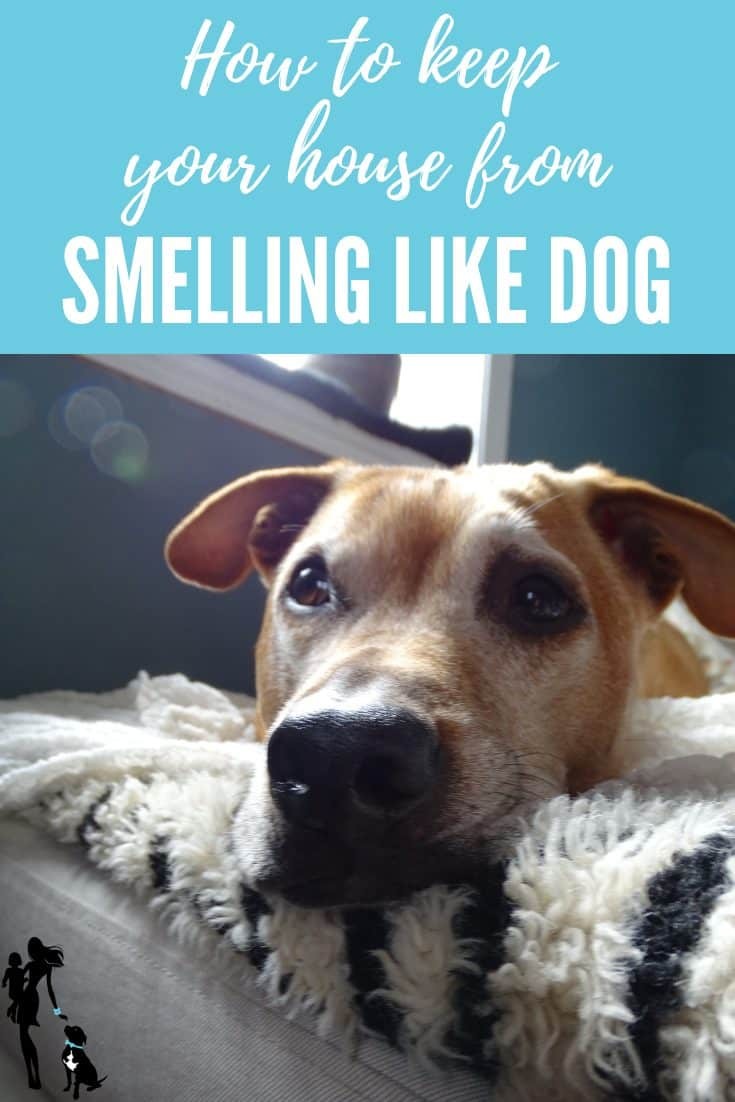Loving pets is easy; loving pet odors? Not so much. As pet owners, we adore our furry companions, but let’s face it, sometimes our homes can take on a less-than-fresh aroma. Whether it’s the lingering scent of wet dog, a hint of cat litter, or just that general “animal” smell, pet odors can be a real challenge. The good news is, you don’t have to live with it! Keeping your home smelling clean and fresh, even with pets, is absolutely achievable with the right strategies.
Understanding and Tackling Pet Odors
Pet odors aren’t just a surface problem; they penetrate fabrics, carpets, and even the air. To effectively eliminate pet smell in your house, it’s important to understand where these odors come from and how to tackle them at the source.
Identify Common Sources of Pet Smell
Pinpointing the origin of the smell is the first step to getting rid of it. Common culprits include:
- Pet Bedding: Beds can trap hair, dander, and body oils, becoming a major source of odor.
- Carpets and Rugs: These absorb spills, accidents, and tracked-in dirt, holding onto smells.
- Upholstered Furniture: Similar to carpets, couches and chairs can harbor odors from pet hair and dander.
- Litter Boxes (for cats): Even with regular scooping, litter boxes can emit noticeable smells.
- Pet Accidents: Urine and feces, if not cleaned thoroughly, can leave persistent odors.
- Wet Dog Smell: A wet coat releases a distinctive odor that can permeate the air.
Effective Strategies for a Fresh Smelling Home
Once you know the potential sources, you can implement these effective strategies to eliminate pet smell in your house:
-
Regular and Thorough Cleaning: Consistency is key. Regularly wash pet bedding, blankets, and toys. Vacuum carpets and rugs frequently, ideally multiple times a week, using a vacuum cleaner with a HEPA filter to trap allergens and odors. Mop hard floors regularly with pet-safe cleaning solutions.
-
Air it Out and Freshen Up: Fresh air is a natural odor eliminator. Open windows and doors regularly to ventilate your home and circulate fresh air. Consider using air purifiers with activated carbon filters, which are effective at trapping odors.
-
Targeted Odor Neutralizers: For persistent odors, use enzymatic odor neutralizers. These products are designed to break down odor-causing molecules rather than just masking them. They are particularly effective for pet urine and feces. Baking soda is also a natural odor absorber; place open boxes in areas prone to pet smells or sprinkle it on carpets before vacuuming.
-
Proper Pet Hygiene: Regular grooming of your pet is crucial. Bathing your dog regularly (as needed, but not too frequently to avoid drying out their skin) and brushing them frequently helps to reduce dander and loose hair, both of which contribute to pet odors. For cats, regular brushing is also essential.
-
Litter Box Management (for cats): Scoop litter boxes daily and completely replace the litter regularly. Consider using odor-absorbing litter and placing litter boxes in well-ventilated areas.
-
Address Accidents Immediately: Clean up pet accidents as soon as they happen. For urine, blot up as much liquid as possible, then use an enzymatic cleaner to neutralize the odor and prevent stains.
 A closeup of a red pit bull mix who is going a bit gray in the face. His big brown eyes are gazing up. His nose is resting on a black and white zebra-print blanket on top of a white sofa. The alt text is: Affectionate red pit bull mix resting on a white sofa with zebra print blanket, illustrating pet ownership and the need to manage pet odors in homes.
A closeup of a red pit bull mix who is going a bit gray in the face. His big brown eyes are gazing up. His nose is resting on a black and white zebra-print blanket on top of a white sofa. The alt text is: Affectionate red pit bull mix resting on a white sofa with zebra print blanket, illustrating pet ownership and the need to manage pet odors in homes.
Long-Term Freshness: Prevention is Better Than Cure
While eliminating existing odors is important, preventing them in the first place is even more effective for long-term freshness. Make these practices part of your routine:
- Establish Regular Grooming Habits: Stick to a consistent grooming schedule for your pet, including bathing and brushing.
- Maintain Clean Pet Areas: Regularly clean pet beds, food and water bowls, and play areas.
- Promptly Deal with Accidents: Don’t let accidents linger. Clean them up immediately and thoroughly.
By understanding the sources of pet odors and implementing these proactive cleaning and prevention strategies, you can effectively get rid of pet smell in your house and enjoy a fresh, welcoming home environment for both you and your beloved pets.
